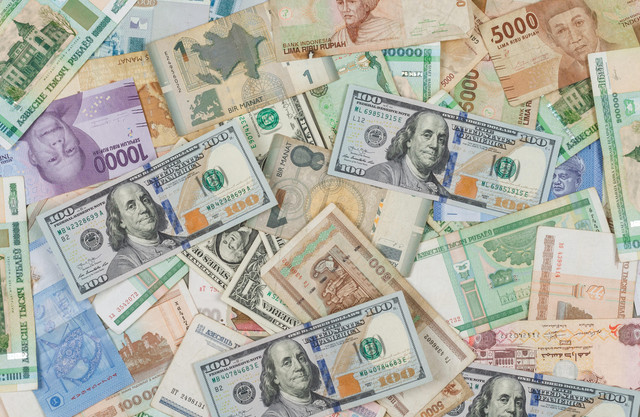Tentang KamiPedoman Media SiberKetentuan & Kebijakan PrivasiPanduan KomunitasPeringkat PenulisCara Menulis di kumparanInformasi Kerja SamaBantuanIklanKarir
2025 © PT Dynamo Media Network
Version 1.103.0
Konten dari Pengguna
Gresham's Law in Indonesia
25 Februari 2025 15:08 WIB
·
waktu baca 3 menitTulisan dari Alfaairo Christiano tidak mewakili pandangan dari redaksi kumparan

ADVERTISEMENT
Prologue
I hadn’t really thought about this for years, but then it hit me—Indonesia has changed a lot, especially when it comes to money. Back then, we had both coins and paper money (or "fiat," as we often call it). But now, coins are pretty much gone, and all we have left are bills. As time goes on, even paper money is slowly being replaced by digital transactions. At first, I didn’t think much of it, but the more I thought about it, the more questions popped up: Why did Indonesia change its currency model? And will this shift keep happening?
ADVERTISEMENT
Sir Thomas Gresham and His Theory
While browsing the internet, I originally wanted to learn about the Tudor Dynasty, but then I stumbled upon Sir Thomas Gresham. His views on money caught my attention. He split money into two types: "bad money" and "good money." Bad money has little intrinsic value, while good money holds actual worth, usually due to its material.
For example, if you have a metal coin and a paper bill with the same value, you might see the coin as more valuable because of what it’s made of. Turns out, most people think the same way. Gresham noticed that people tend to keep "good money" (like coins made of precious metals) and spend "bad money" (like paper bills). This led to his famous statement: "Bad money drives out good." In simple terms, when two types of money exist, people will hoard the valuable one and use the less valuable one for transactions.
ADVERTISEMENT
The Past of Rupiah
Indonesia used to have both coins and paper money. Some of those coins were even made of valuable metals, while paper money was, well, just paper. Back in the ‘90s, people started hoarding coins and using paper bills instead. Why? Because they realized that the metal in the coins had real value.
Take the 500 and 1,000 rupiah coins, for example. They were made of high-quality metal, so people either collected them or even melted them down to sell as raw material. This behavior fits perfectly with Gresham’s Law—people saw coins as "good money" and preferred to spend the less valuable paper bills instead.
The Future of Rupiah
ADVERTISEMENT
Fast forward to today, and we’re seeing a new kind of shift—digital money is taking over. E-wallets, cashless transactions, and even cryptocurrencies are becoming the norm, while physical money is starting to feel outdated. More and more people prefer to store their money digitally rather than keeping stacks of cash.
Some say it’s because paper money is easier to lose, can be counterfeited, and isn’t as efficient for transactions. Others turn to cryptocurrency as a way to hedge against inflation. Essentially, people are once again choosing to store "good money" (digital assets) and use "bad money" (rupiah) for everyday transactions. Compared to digital currencies, the rupiah is starting to feel weaker—and I can’t help but wonder why.
ADVERTISEMENT
Epilogue
This article is just me sharing my thoughts—no affiliations, no hidden agenda. I’m not here to criticize anything, just to point out how Indonesia’s monetary system has shifted in a way that aligns with Gresham’s Law. Hopefully, this gives you something to think about when it comes to how we view and use money today.

